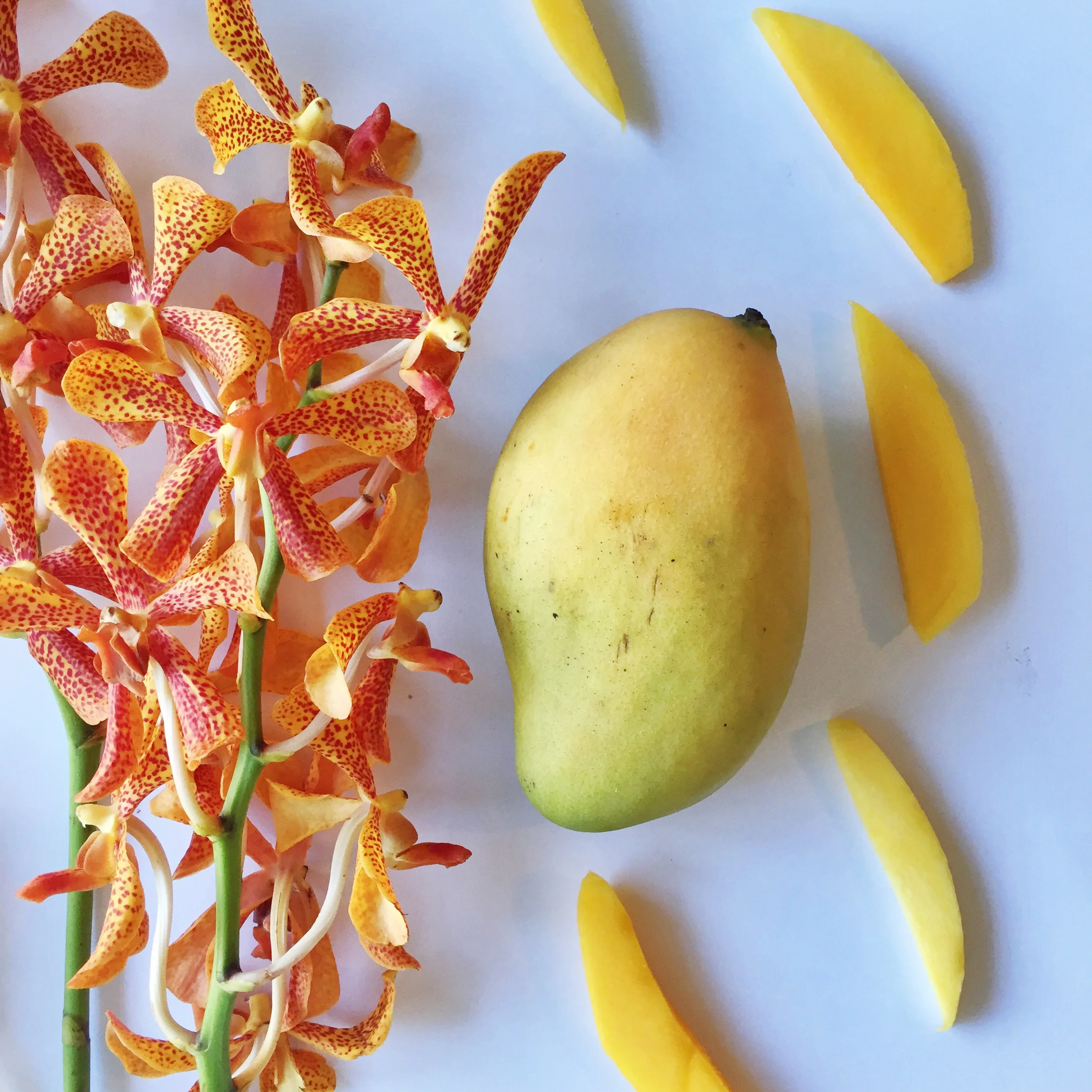Clients and friends are always asking us about the latest nutrition fads and there is nothing we love more than setting the record straight so that you can focus on what matters without all the riff raff. In our article for Elite Daily, we give a little science lesson in order to debunk two of the latest nutrition myths.
These days, the tremendous amount of nutrition information you can find surfing the web can be overwhelming.From juice cleansing to the raw food diet to the grapefruit diet, understanding how to maintain a healthy diet can be downright confusing.
That’s why we’ve brought over Leah Silberman and Molly Rieger, the dietitians behind Tovita Nutrition to set the record straight.
Today we are going to debunk one of the latest two-part health myths: firstly, that a meal must be fully digested before you can send more food down; secondly, that it is dangerous to eat fruit when you haven’t fully digested a meal because it rots and ferments in your digestive tract.
We’ll begin with some Biology 101, so follow closely.
Digestion begins the moment food enters your mouth and ends the moment it exits your body, past your colon.
So, let’s map it: Your food travels from your mouth, to your stomach, to your small intestine, large intestine and finally, let’s just say, it exits. This entire process generally takes between six and 10 hours. Think of your stomach as an acidic blender.
The cells in your stomach secrete hydrochloric acid in response to the presence of food, which helps to break down anything you’ve swallowed. It churns this mixture until it succumbs to the consistency of a liquid-paste. From there, it slowly moves into the small intestine, where actual absorption begins to take place.
Now you might be starting to put the pieces together. Typically, you probably get hungry every three to four hours. If you had to wait for digestion to complete before you could eat another morsel of food, you could be waiting up to 10 hours until your next meal.
So no, you should not wait until digestion of a previous meal is complete before you send your next meal down.In conjunction with the above myth, you may have heard that eating fruit after a meal causes the fruit to rot and ferment in your stomach.
Again, the pH of your stomach is very low, meaning it is a strongly acidic environment. One of the reasons your stomach is so acidic is to prevent bacteria from proliferating and making you sick. Fermentation takes place when bacteria are present, and your stomach contains very little bacteria.
Once fruit enters your stomach, it is broken down by enzymes, regardless of any other foods that may be simultaneously present. Generally, the more macronutrients you consume in a given meal (ie. proteins, fats, or carbohydrates), the longer it takes to digest in the stomach, which is totally fine!
In fact, combining nutrients in a given meal will help keep you satisfied for longer. Have you ever noticed that if you eat an apple alone, you’re hungry again after an hour or so?
On the contrary, if you were to eat an apple with a tablespoon of peanut butter, you would stay fuller for much longer. This is simply because the protein, fat and carbohydrates from the apple and peanut butter combined take longer to digest.
The bottom line is, no matter when you eat fruit, it will ultimately be digested, the same way any other food is; there is no “correct” order to eat it in. As for fermentation, the only place fruit or any food can ferment is in the colon, which is a bacterial haven. Just remember, this is not a bad thing! (Hello, probiotics!)
So, yes, you may resume eating fruit with or in-between meals, as you prefer. And no, please don’t wait until you have completely digested your breakfast before you sit down for lunch. But, if you do, be nice and give your coworkers a heads up, so they don’t take your hangry attitude personally.



